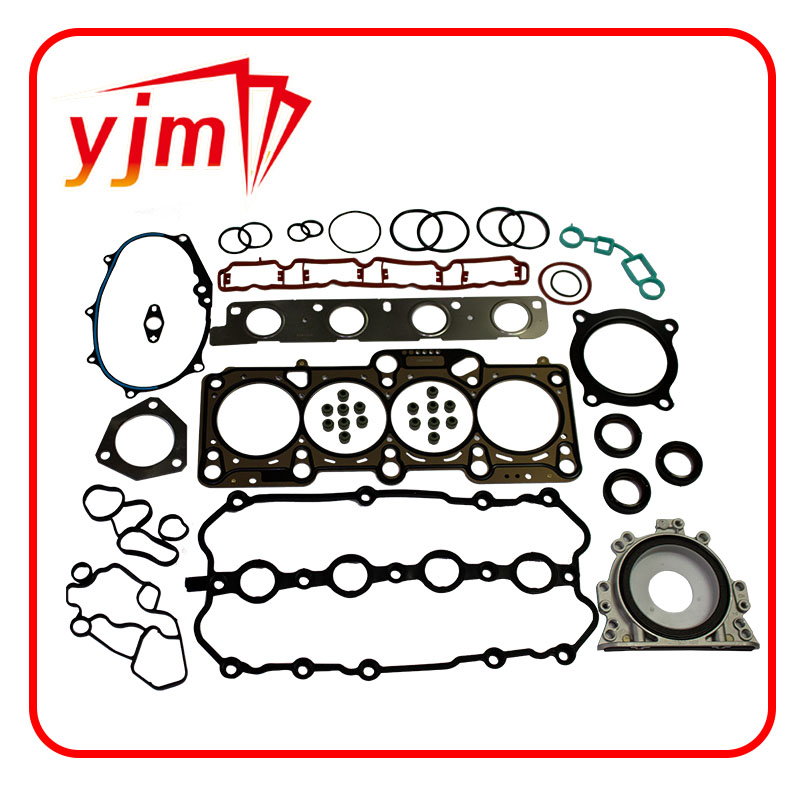Exploring the Importance and Functionality of Marine Shaft Seals in Marine Engineering
Marine Shaft Seals Essential Components for Maritime Safety
Marine shaft seals are critical components in the design and operation of vessels, playing a vital role in ensuring the safety, efficiency, and longevity of marine propulsion systems. Often overlooked, these seals are essential in preventing leaks of water into the vessel and lubricant out into the sea, thus protecting both the environment and the vessel’s internal systems.
What are Marine Shaft Seals?
Shaft seals are mechanical devices that provide barrier protection around the rotating shafts of marine engines and propulsors. These seals are designed to handle the harsh conditions of marine environments, including exposure to saltwater, pressure changes, and temperature fluctuations. The primary function of these seals is to maintain a watertight seal at the point where the drive shaft exits the hull of the vessel, thereby preventing seawater ingress that could lead to flooding and potential sinking.
Types of Marine Shaft Seals
There are primarily two types of marine shaft seals traditional packing seals and modern mechanical seals.
1. Packing Seals Traditionally, packing seals utilize rope-like materials to create a barrier around the shaft. These materials are typically made from fibers such as hemp or synthetic fibers that are compressed into the gland housing. While effective, packing seals require regular maintenance and adjustment to ensure an adequate seal and prevent leaks, which can add to operational costs.
2. Mechanical Seals Mechanical seals are a more recent innovation that provides a more reliable solution to sealing issues. These seals consist of two flat, smooth surfaces that create a seal when pressed together. They are designed to be maintenance-free and offer better sealing performance over time. Mechanical seals can withstand higher pressures and temperatures, making them suitable for various marine applications.
marine shaft seals

Importance of Marine Shaft Seals
The significance of marine shaft seals cannot be overstated. A failure in the sealing system can lead to catastrophic results, such as water entering the vessel, which can result in loss of buoyancy and control. Additionally, the leakage of lubricants into the marine environment poses a significant ecological threat, jeopardizing marine life and ecosystems.
Moreover, effective sealing helps in reducing maintenance costs. A vessel equipped with efficient shaft seals will experience fewer mechanical problems, thereby reducing maintenance downtime and increasing operational efficiency.
Maintenance and Inspection
Even though modern marine shaft seals are designed to be durable and low-maintenance, regular inspections are still vital. Vessel operators should periodically check for signs of wear, misalignment, and signs of leaking. Early detection of potential issues can save considerable time and expenses and ensure the vessel remains safe and operable.
Conclusion
In conclusion, marine shaft seals are indispensable components of any seaworthy vessel. Their role in preventing water ingress and preserving the integrity of the vessel’s internal systems is paramount. By understanding the types and importance of these seals, vessel operators can ensure the safety of their operations, protect the marine environment, and prolong the life of their vessels. Whether opting for traditional packing seals or modern mechanical seals, the right choice and proper maintenance can lead to more efficient and reliable marine operations. Investing in high-quality shaft seals is not merely a technical decision but a commitment to safety, efficiency, and environmental stewardship in the maritime industry.
-
Simplifying Oil Changes: A Comprehensive Guide to Oil Drain Plugs and Their Variants
News Aug.04,2025
-
Mastering Oil Drain Maintenance: Solutions for Stripped, Worn, and Upgraded Oil Plugs
News Aug.04,2025
-
Fixing Oil Pan Plug Issues: Leaks, Stripped Nuts, and the Right Replacement Solutions
News Aug.04,2025
-
Everything You Need to Know About Oil Drain Plugs: Sizes, Fixes, and Upgrades
News Aug.04,2025
-
Choosing the Right Oil Drain Plug: A Guide to Sizes, Materials, and Drain Innovations
News Aug.04,2025
-
A Complete Guide to Automotive Drain Plugs: Types, Problems, and Innovative Solutions
News Aug.04,2025
-
The Ultimate Guide to Car Repair Kits: Tools and Essentials Every Driver Should Own
News Aug.01,2025
Products categories















